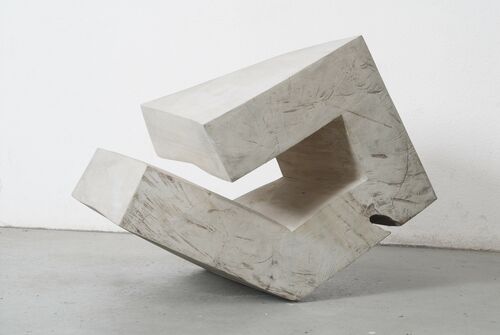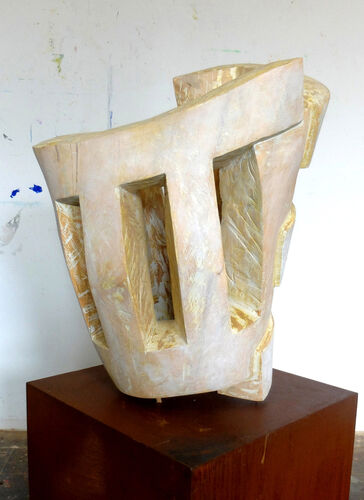Vincent van Gogh's most important artistic phase took place in the last two years of his life. On his way to Marseille, where the artist wanted to settle because of the special light, he stopped off in Arles – and stayed, fascinated by the small village. Over the next year and a half, van Gogh created almost 200 paintings, many of which are now his most famous. The exhibition Van Gogh: Poets and Lovers at the National Gallery in London explains in detail the artistic processes of over 50 paintings, some of which are rarely exhibited today, which had a major influence on modern art after van Gogh's death. 14 preparatory drawings by the artist offer extraordinary insights into his working methods. The exhibition also deals with aspects that are otherwise less illuminated, such as van Gogh's preparations of works for the Paris World Exhibition in 1889, where he hoped to show a series of works as a thematically coherent group. Van Gogh's reflections on series of works, which he also wrote about in numerous letters, have never been treated in such detail before. The show runs from September 14, 2024 to January 19, 2025.
A highlight of the exhibition is the first joint exhibition of van Gogh's painting Sunflowers (1888), which is in the possession of the National Gallery, and Sunflowers (1889) from the Philadelphia Museum of Art. The latter is leaving the USA for the first time since 1935, when the painter Carroll Tyson acquired it. This is the first time the two paintings have been together in the same room since 1889, when they were in van Gogh's studio. The exhibits in the exhibition come from museum and private collections from all over the world. Other works from the National Gallery's collection include A Wheatfield, with Cypresses (1889) and Long Grass with Butterflies (1890), which were acquired in 1923 and 1926 respectively.













![Vincent Van Gogh - Kop van een vrouw (Gordina de Groot) (Head of a Woman [Gordina de Groot])](/images/vincent-van-gogh_kop-van-een-vrouw-gordina-de-groot-head-of-a-woman-gordina-de-groot_AID1089335_320x320.jpg?c=0)







